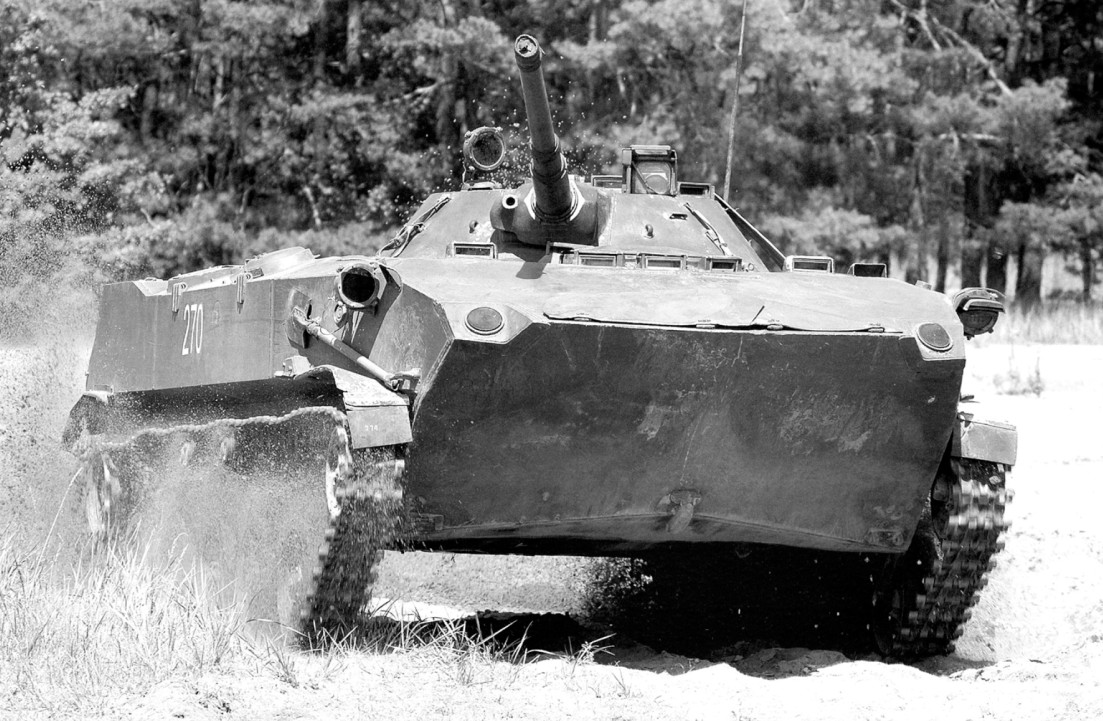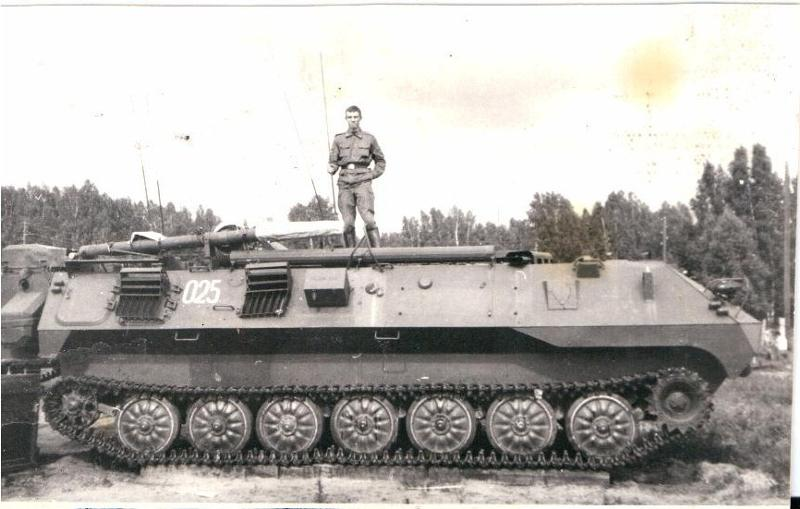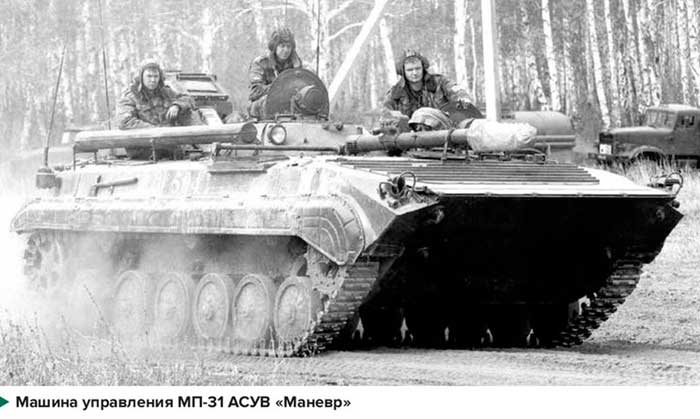A common misconception that is often peddled (especially in regards to force comparisons between East and West) is the notion that due to the lack of peacetime deployment the CCCP's military demonstrates a lack of combat readiness. 

This couldn't be farther from the truth, while it is accurate that the various branches of the Soviet military (contrary to their contemporaries within NATO) greatly discourage the concept of unnecessary peacetime deployment.
In Soviet conscience readiness is defined by the readiness of the armed forces to deploy for war. This is especially apparent within the Soviet navy which functions as a defensive force as opposed to the US navy which exerts its force internationally during peacetime. 

This in turn results in the Soviet navy by comparison being more than capable of fielding its entire fleet at a moments notice, around 60% of combat vessels, the rest being serviceable within just 20 days. 

Unlike the US and British navy which send sailors to sea only partially trained (said training is completed at sea as they work up to maximal efficiency), Soviet sailors spend most of their time in simulators and exercises close to shore. 

This principle applies to almost every branch of the Soviet military, a fantastic example of this practice is the conditioning of armored units. Soviet forces very rarely exercise within their premier equipment, crews often train on older systems. 

Though this not a deficit, as due to the rampant standardization (mentioned in earlier threads) these vehicles operate much the same as their more advanced counterparts.
This has led to misconceptions as a result of faulty observation, one of which insinuates Soviet tankers seldom train to fire on the move. These inferior systems take the shape of T-72s for Category A divisions, T-62s for Category B divisions, and so on. 

This has a number of advantages, though the primary value is that most if not all of the CCCP's vehicles are kept pristine, and in turn, as the Soviets would say, "ready for war".
It also allows for the Soviets to effectively replace large swathes of vehicles with relative ease in an incremental sense. Maintenance costs are more efficiently expended and industries can because of this maintain a steady line of production. 

This contrasts favorably to the West, as NATO'S equipment is often used with increased frequency and is therefore less reliable. It is often argued that this cannot possibly be the case, and that regular use leads to higher reliability- 

But this is ultimately a flawed and misguided argument.
This is due to the fact that it very much so appears to be true, though this is not a result of universal practice but the fact Western R&D tends to deliver systems before all of its features have been properly implemented. 

Allowing the units who receive it to conduct the required experimentation in the field, giving the impression use scales favorably with reliability.
A result of this system is that the Soviets high initial availability improves the function of the Soviet logistical system in times of mobilization, demand is lowered considerably.
This is due to Soviet theory concerning itself significantly with the opening hours of a major conflict, and the outcome of those early hours being favorable. 

This means that Soviet divisions are often manned unevenly, Guards divisions, populating the western terminology of Category A, are kept at 100% combat readiness, and will therefore make up the majority of actions during those initial hours. 

Category B divisions, comprised of conscripts, are kept at 70% readiness, Category C is to be kept at 30% given they are comprised largely of border guard and internal ministry. 

these divisions will rapidly arm themselves and pull from available reserves to reach 100% combat readiness in the event of conflict. This allows the Soviet military to field the large quantity of both men and equipment required to maintain is numerical advantage. 

This provides a reliable and available line to fall back on in the event of failures along the central axis. 

@Leftyempire Carry a significant chance of actualization.
@RaytheonLeftist To address all of your statements, firstly, no, the US military did not rely on conscription throughout the early cold war, you are confusing the act of wartime drafting with that of compulsory service.
@RaytheonLeftist Your statement to the efficacy of 1980s equipment is well and good but you need to keep in mind the Bradley was not a functional platform until the mid 80s and the M1A1 would only enter service in 1985, leaving a considerable technology gap prior.
@RaytheonLeftist Third, I have no idea where you got the notion that the US "outproduced the CCCP", this is completely inaccurate and could be disproven with basic research, I believe you are speaking from hearsay and have not actually studied this topic.
@RaytheonLeftist From 1960 to 1985 the Soviet union produced vastly superior equipment and operated a more capable doctrine to actually employ them, your statement in regards to outproducing the CCCP with superior kit is fantasy, you unintentionally, or intentionally, fabricated
@RaytheonLeftist Next, you cannot compare the Soviet Union to Russia, you cannot compare modern US equipment and tactics to that of the CCCP, this is an unreasonable mistake and shows a lack of understanding.
@RaytheonLeftist And yes, you are correct that this thread is not to say which is better, but is to instead elucidate how the CCCP engaged these practices, im not sure why you felt the need to say this.
@varjag Ideologically motivated volunteers, and not standard conscripts.
@RaytheonLeftist NATO outproduced the Soviets though, right?
@RaytheonLeftist The Military Strategy of the Soviet Union, THE SOVIET CONTROL STRUCTURE: Capabilities for Wartime Survival, The Soviet Army: Troops, Organization, and Equipment, Soviet Military Thinking-
@RaytheonLeftist The Threat: Inside the Soviet Military Machine, and The Soviet Armed Forces: A History of Their Organizational Development, and others, if you want a generalist idea of where I get my information, these are great reads to start with!
@GriffenCastle The Military Strategy of the Soviet Union, THE SOVIET CONTROL STRUCTURE: Capabilities for Wartime Survival, The Soviet Army: Troops, Organization, and Equipment, Soviet Military Thinking
@GriffenCastle The Threat: Inside the Soviet Military Machine, and The Soviet Armed Forces: A History of Their Organizational Development
• • •
Missing some Tweet in this thread? You can try to
force a refresh





































